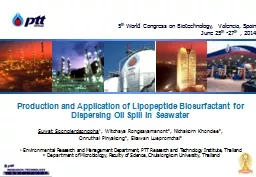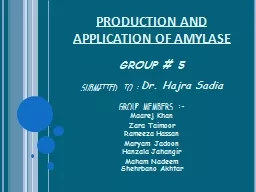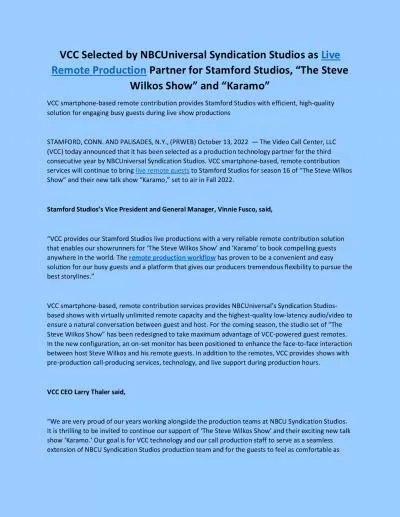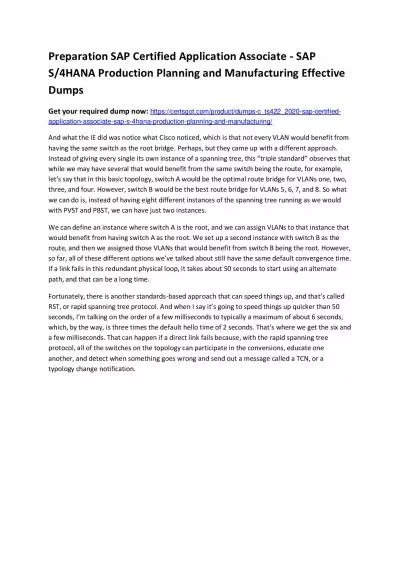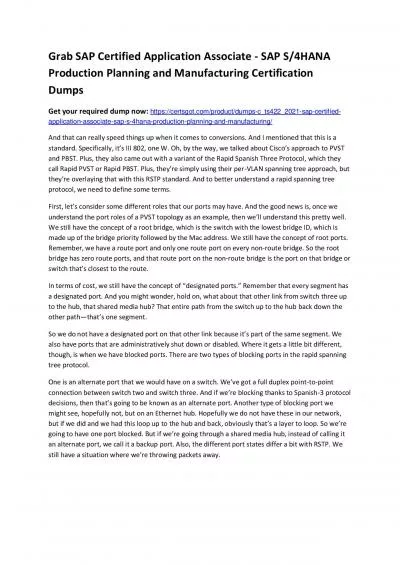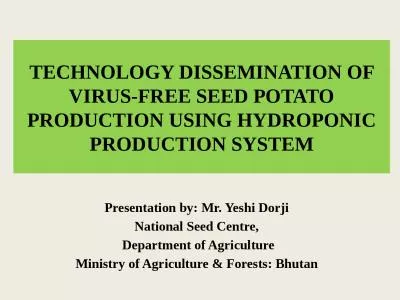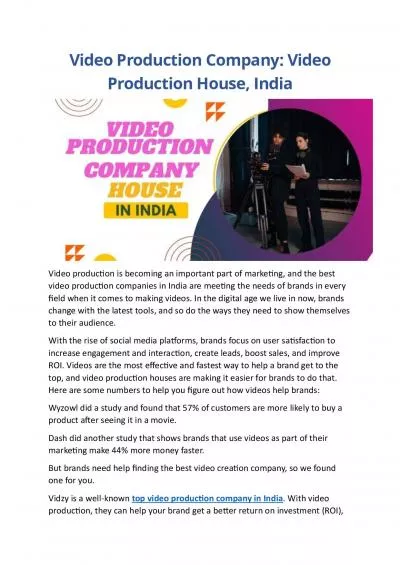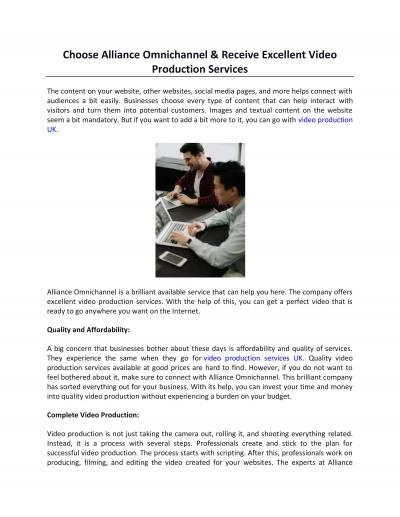PPT-Production and Application of
Author : cheryl-pisano | Published Date : 2016-10-12
Lipopeptide Biosurfactant for Dispersing Oil Spill in Seawater Suwat Soonglerdsongpha 1 Witchaya Rongsayamanont 2 Nichakorn Khondee 2 Onruthai Pinyakong 2
Presentation Embed Code
Download Presentation
Download Presentation The PPT/PDF document "Production and Application of" is the property of its rightful owner. Permission is granted to download and print the materials on this website for personal, non-commercial use only, and to display it on your personal computer provided you do not modify the materials and that you retain all copyright notices contained in the materials. By downloading content from our website, you accept the terms of this agreement.
Production and Application of: Transcript
Download Rules Of Document
"Production and Application of"The content belongs to its owner. You may download and print it for personal use, without modification, and keep all copyright notices. By downloading, you agree to these terms.
Related Documents

